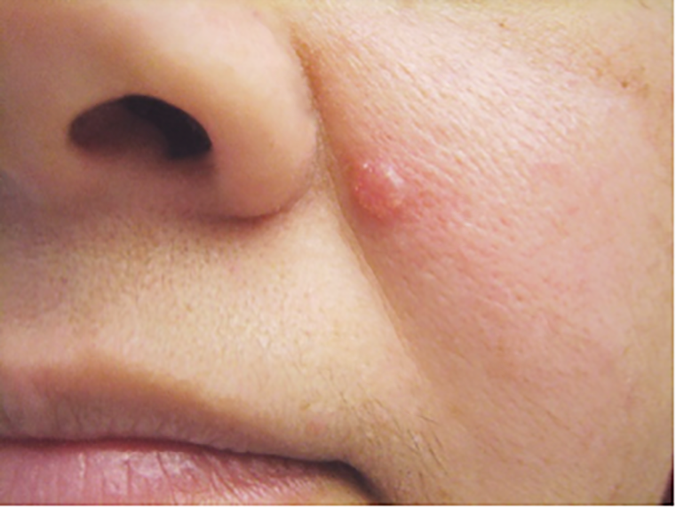Skin cancer, a condition stemming from the abnormal growth of skin cells, requires prompt diagnosis and treatment by dermatologists, who specialize in skin health.
Here’s a comprehensive overview of how dermatologists diagnose and treat skin cancer:
Diagnosis of Skin Cancer:
- Visual Examination (Dermo copy):
- Dermatologists typically start with a thorough visual inspection of the skin to identify any suspicious areas. They may use a dermatoscope, a handheld device with magnification and light, to examine skin lesions closely.
- Characteristics such as asymmetry, irregular borders, uneven coloration, and changes in size or shape may indicate potential skin cancer.
2. Biopsy:
- If a suspicious lesion is identified, the dermatologist will perform a biopsy. This involves removing a small sample of the lesion or the entire lesion itself.
- The biopsy sample is sent to a pathology laboratory where it is examined under a microscope by a pathologist to determine whether cancerous cells are present.
3. Additional Imaging:
- In cases where skin cancer is suspected to have spread beyond the skin, imaging tests such as ultrasound, CT scan, or MRI may be used to assess the extent of the cancer.
Types of Skin Cancer:
- Basal Cell Carcinoma (BCC):
- The most common type of skin cancer, often appearing as a pearly or waxy bump, or a flat, flesh-colored or brown scar-like lesion.
- Squamous Cell Carcinoma (SCC):
- Typically presents as a firm, red nodule or a flat lesion with a scaly crust, and can grow and spread quickly if not treated early.
- Melanoma:
- Less common but more aggressive, melanoma often develops from moles or appears as a new dark spot on the skin. It can spread to other parts of the body if not detected early.
Treatment of Skin Cancer:
- Surgical Removal (Excision):
- For localized skin cancers like BCC and SCC, surgical excision is often the primary treatment. The dermatologist removes the cancerous tissue along with a small margin of healthy tissue to ensure all cancer cells are eliminated.
2. Mohs Surgery:
- Mohs micrographic surgery is used for larger, recurrent, or high-risk skin cancers. It involves removing thin layers of skin tissue and examining them under a microscope immediately, ensuring minimal removal of healthy tissue while thoroughly removing cancer cells.
3. Cryotherapy:
- Cryotherapy can be used for very early-stage skin cancers or precancerous lesions. Liquid nitrogen is applied to freeze and destroy abnormal cells.
4. Radiation Therapy:
- In cases where surgery is not suitable, or for cancers in difficult-to-treat areas, radiation therapy may be used to target and destroy cancer cells.
5. Topical Treatments:
- Some superficial skin cancers or precancerous lesions can be treated with topical medications, such as creams or gels containing chemotherapy drugs or immune system modifiers.
6. Targeted Therapy and Immunotherapy:
- For advanced melanomas or cases where the cancer has spread, targeted therapies that attack specific cancer cells or immunotherapy drugs that boost the body’s immune response against cancer cells may be used.
Conclusion:
Dermatologists play a crucial role in diagnosing and treating skin cancer through a combination of clinical expertise, advanced diagnostic tools, and a range of treatment options tailored to the type and stage of the cancer. Early detection and prompt treatment significantly improve outcomes and reduce the risk of complications associated with skin cancer. Regular skin examinations and sun protection measures are key components of skin cancer prevention and long-term skin health.





Comments